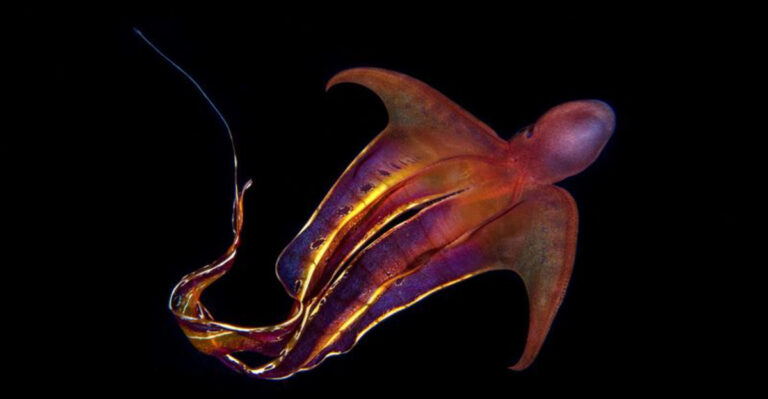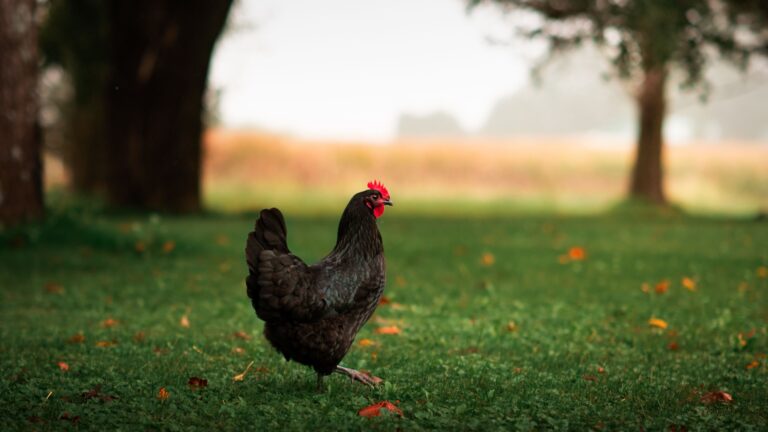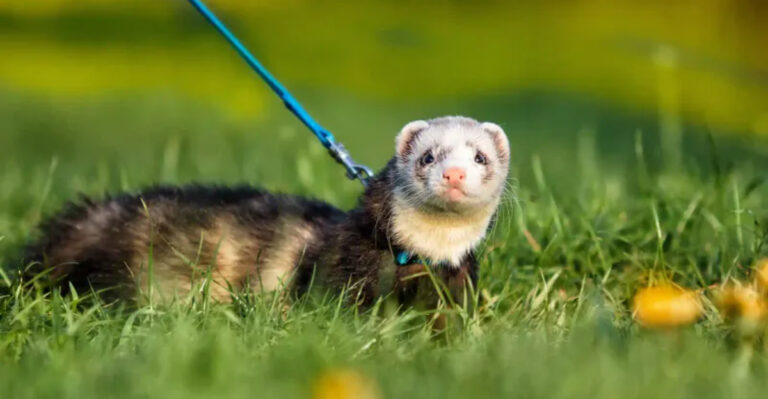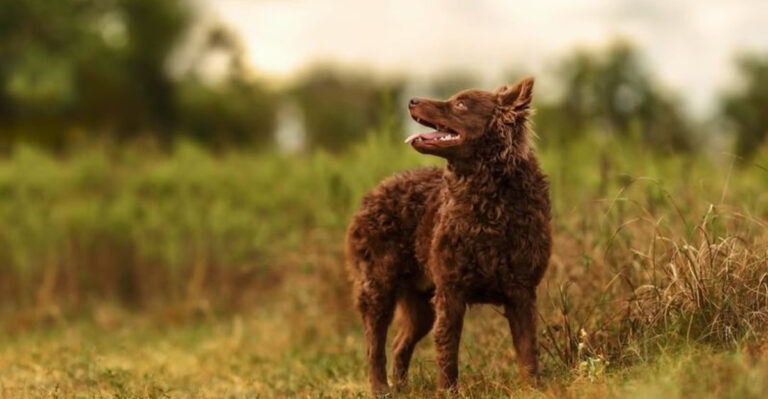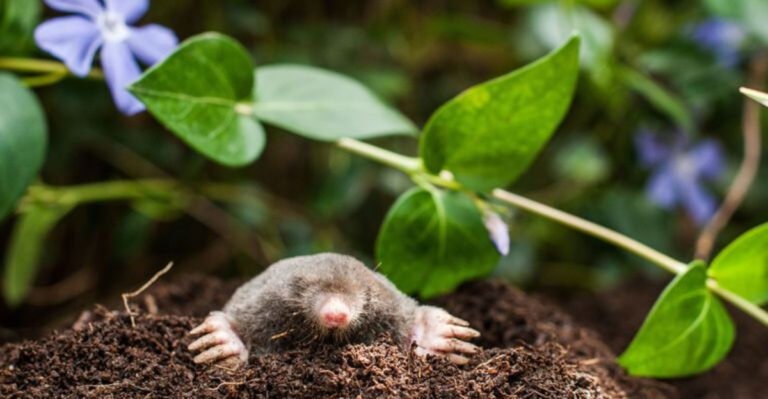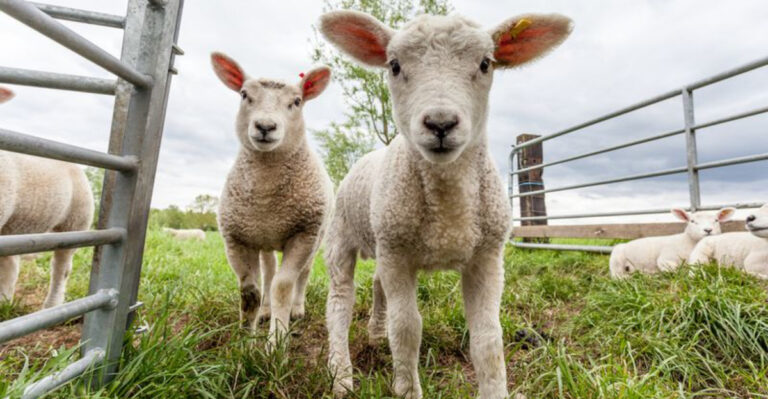Farmer Stunned After Spotting Rare Predator Far From Its Usual Range
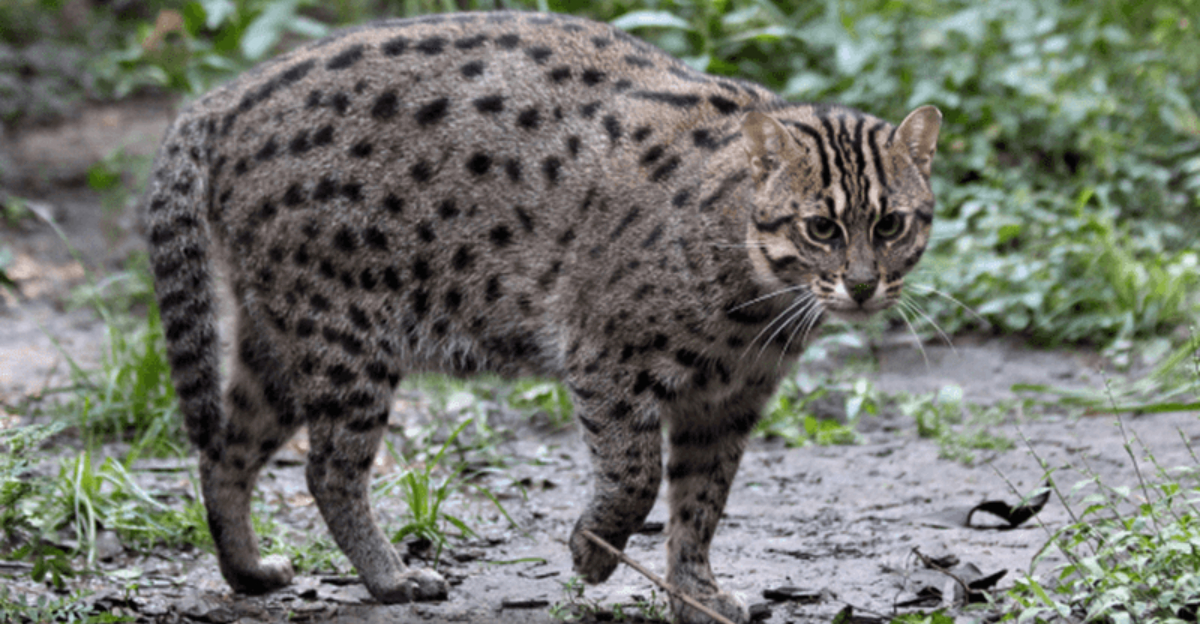
A farmer in Hoshiarpur, Punjab recently made a jaw-dropping discovery that has wildlife experts buzzing with excitement. While tending to his crops, he spotted an Indian Fishing Cat – a rare wild feline typically found in wetlands hundreds of miles away.
This unexpected sighting marks the first recorded appearance of this endangered species in the region and raises fascinating questions about changing wildlife patterns.
The Discovery Of The Indian Fishing Cat In Punjab
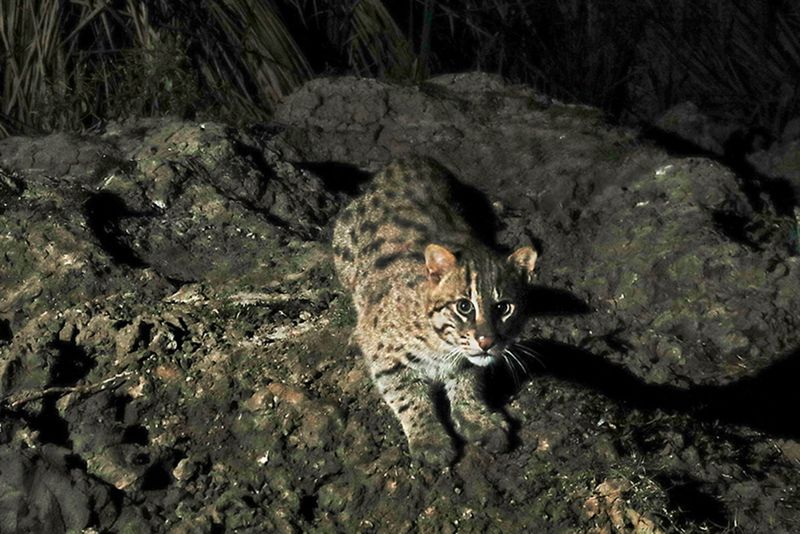
Early morning fog still blanketed the fields when local farmer Rajinder Singh noticed unusual paw prints near his pond. The tracks led him to a magnificent sight – an Indian Fishing Cat crouched by the water’s edge.
This remarkable encounter marks the first documented sighting of this elusive predator in Punjab, far from its known wetland territories in eastern India.
Why The Indian Fishing Cat Was Found In Hoshiarpur
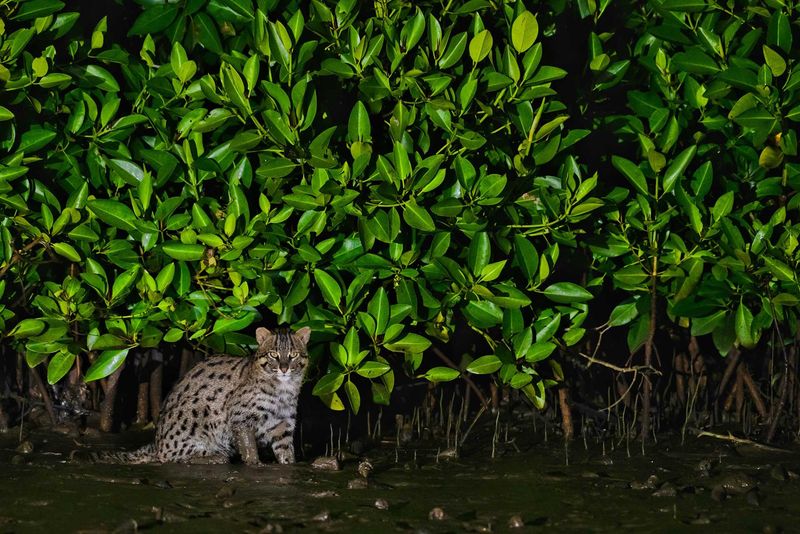
The sighting of the Indian Fishing Cat in Hoshiarpur, far outside its usual habitat, could be due to several factors. Habitat loss from urbanization and agriculture may have displaced the cat, pushing it to find new areas for food and shelter.
Climate change, with rising temperatures and shifting water levels, might have also forced the cat to explore unfamiliar territory.
Additionally, reduced prey availability and human encroachment could have led the cat to venture further from its natural range. This rare sighting highlights the challenges wildlife face as they adapt to environmental changes.
Investigating The Habitats And Movements Of The Indian Fishing Cat
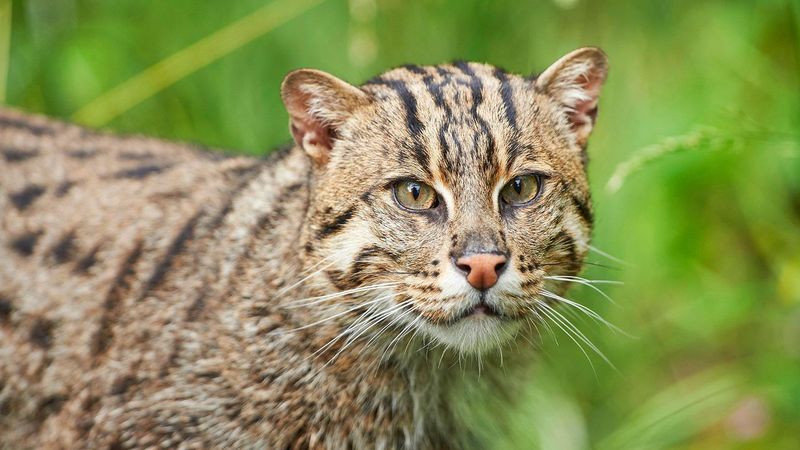
Wildlife biologists have installed camera traps throughout the area following the farmer’s report. Their goal? To determine if this sighting represents a lone wanderer or potentially a small population establishing itself in the region.
GPS collaring programs in other states have shown these cats can travel surprising distances, especially along waterways.
Role Of Climate Change In Habitat Shifts
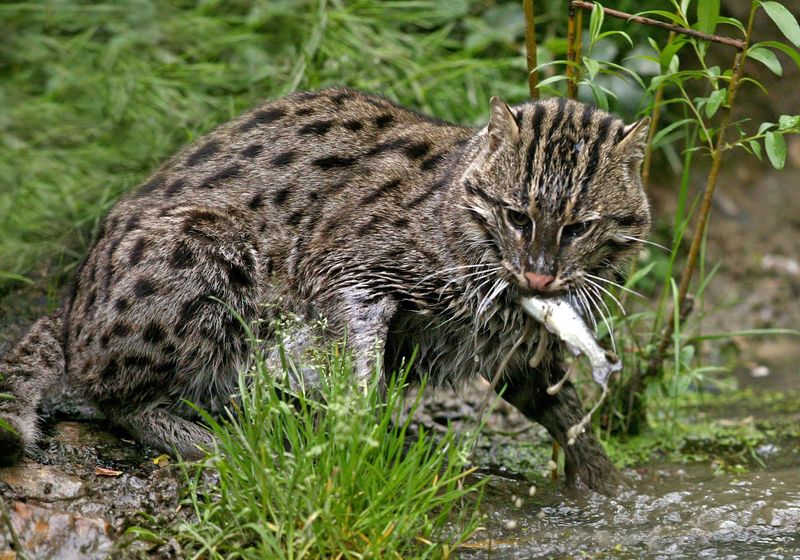
Unpredictable weather patterns have dramatically altered the landscape where fishing cats traditionally thrive. Rising temperatures have dried up once-reliable wetlands while flooding has occurred in previously dry areas.
Scientists tracking these changes note that many species are moving northward and to higher elevations as their traditional homes become uninhabitable.
How Human Activity Impacts Wild Cat Habitats
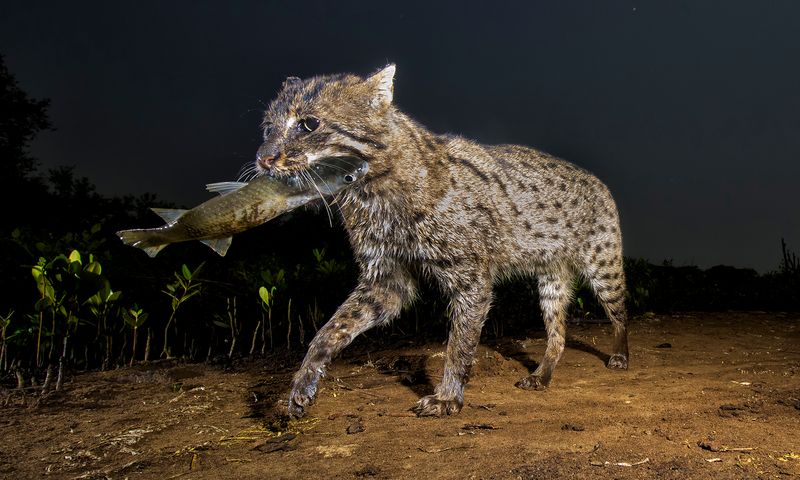
Bulldozers clearing marshlands for development have destroyed 35% of fishing cat habitat in the past decade alone. The cats face a triple threat: shrinking hunting grounds, water pollution affecting fish populations, and increased human-wildlife conflict.
Rural communities often mistake these cats for larger predators, leading to retaliatory killings.
How The Indian Fishing Cat Differs From Other Wild Cats
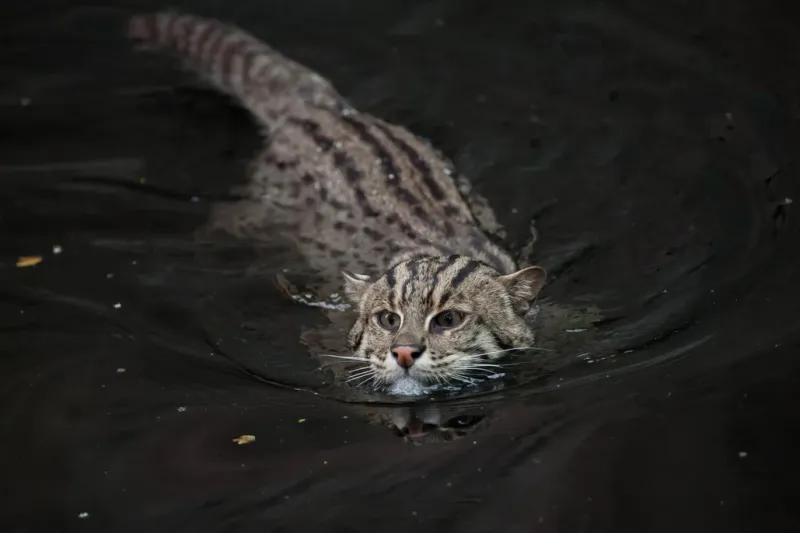
Unlike their desert-dwelling cousins, fishing cats have partially webbed paws perfect for swimming. Their dense, water-resistant fur keeps them warm during underwater hunting expeditions.
Most fascinating is their unique fishing technique—they tap water surfaces to mimic insects, attracting fish they then snatch with lightning-fast reflexes. Their double-layered coat protects them in cold water.
Other Wild Cats That Stray From Their Natural Habitats
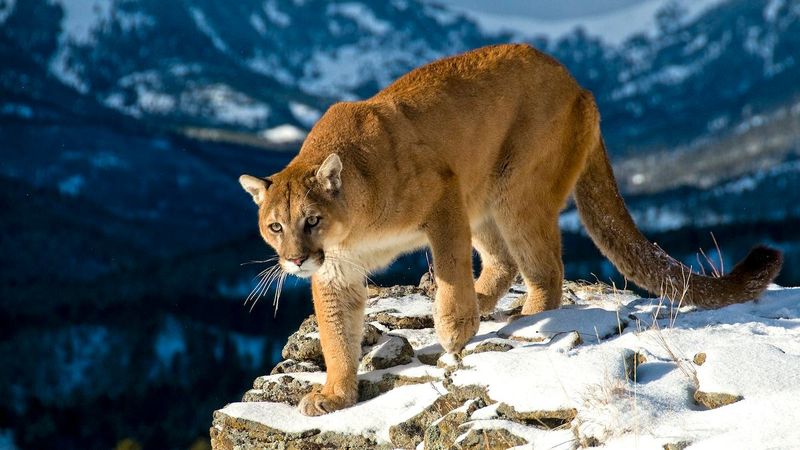
The fishing cat isn’t alone in its wanderlust. Mountain lions have recently appeared in midwestern states after a century’s absence. Jaguars occasionally cross from Mexico into Arizona, while Canada lynx have pushed southward as boreal forests warm.
Each unexpected sighting provides valuable data on how predators respond to our changing world.
The Role Of Prey Availability In Wild Cat Movement
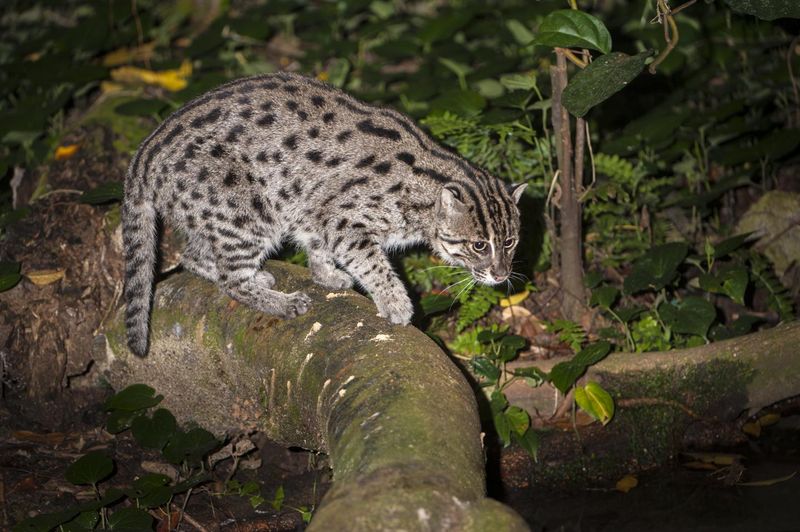
Hungry bellies drive daring journeys. Recent fish die-offs in eastern wetlands may have forced this fishing cat to seek new hunting grounds with healthier aquatic ecosystems.
Punjab’s network of irrigation canals offers unexpected opportunities—introduced fish species thrive there, creating potential feeding zones for adaptable predators. Cats often follow their prey, even into unfamiliar territory.
Changing Ecosystems: Impact On Wild Cat Behavior
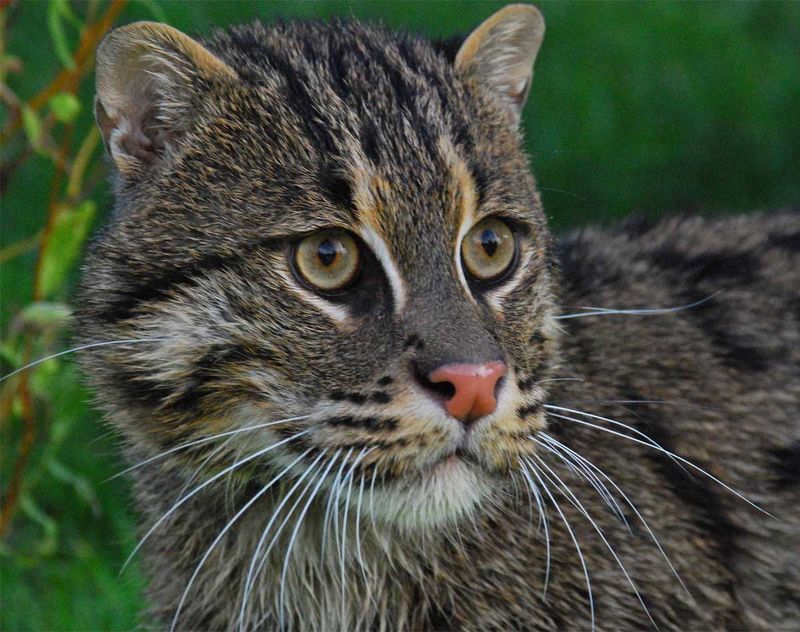
Ecosystems rarely change in isolation. When fishing cats appear in new regions, it signals broader environmental shifts affecting countless species.
The cat spotted in Hoshiarpur displayed unusual daytime activity—typically they hunt nocturnally. This behavior change might indicate adaptation to new surroundings or stress from displacement.
Understanding Migration And Dispersal In Wild Cats
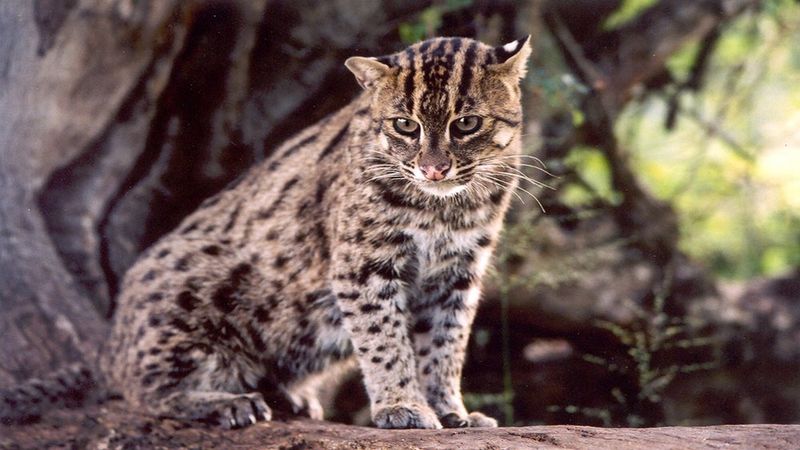
Young male cats naturally disperse to establish new territories and avoid inbreeding. This biological imperative sometimes sends them on remarkable journeys spanning hundreds of miles.
Satellite tracking reveals these wanderers often follow waterways or forest corridors, navigating using natural landmarks. The Punjab visitor likely followed river systems northward from Bengal or Nepal.
Importance Of Wildlife Corridors For Conservation
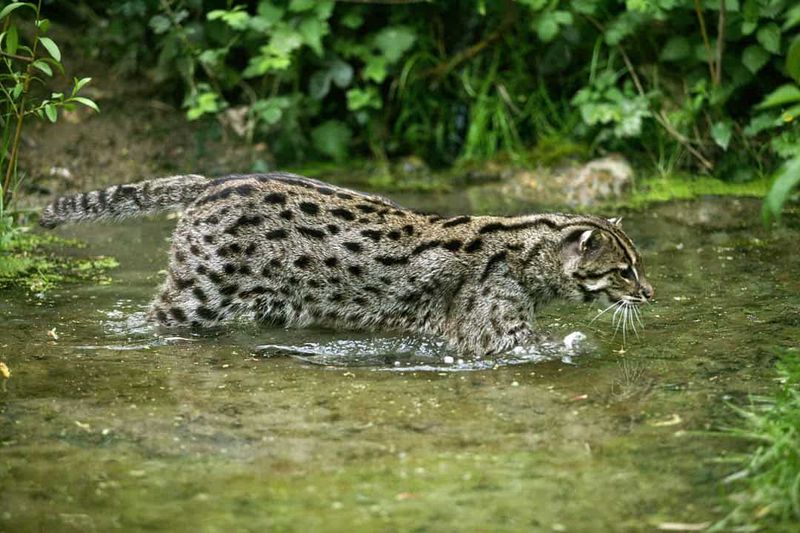
Fragmented habitats trap wildlife in isolated pockets, leading to genetic bottlenecks and local extinctions. Connected green corridors allow animals to move safely between suitable habitats.
Following this unexpected sighting, conservation groups are mapping potential fishing cat corridors between eastern wetlands and Punjab. Even temporary connections during monsoon seasons could prove vital for species survival.
Future Conservation Of The Indian Fishing Cat
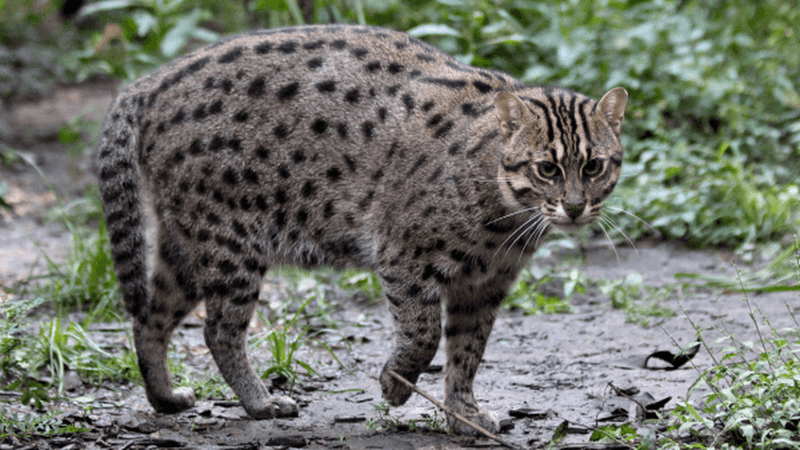
This surprising discovery has sparked a community conservation initiative in Hoshiarpur. Local farmers are now monitoring water sources and reporting sightings through a special smartphone app.
Wildlife officials have launched education programs highlighting the fishing cat’s role controlling rodent populations—a service valuable to agriculture. The future of this rare predator depends on such human-wildlife partnerships.

